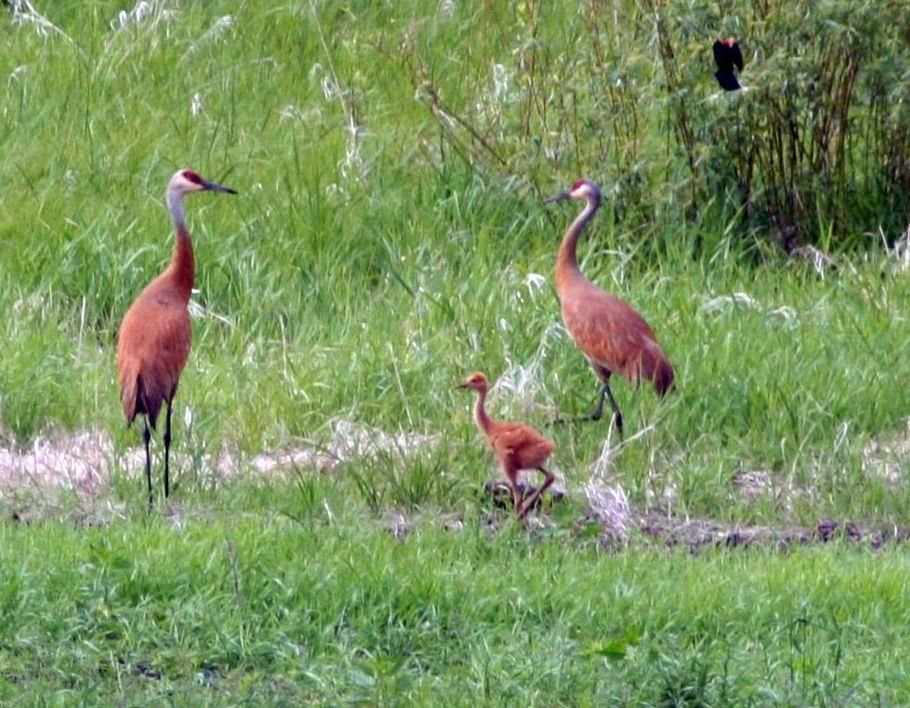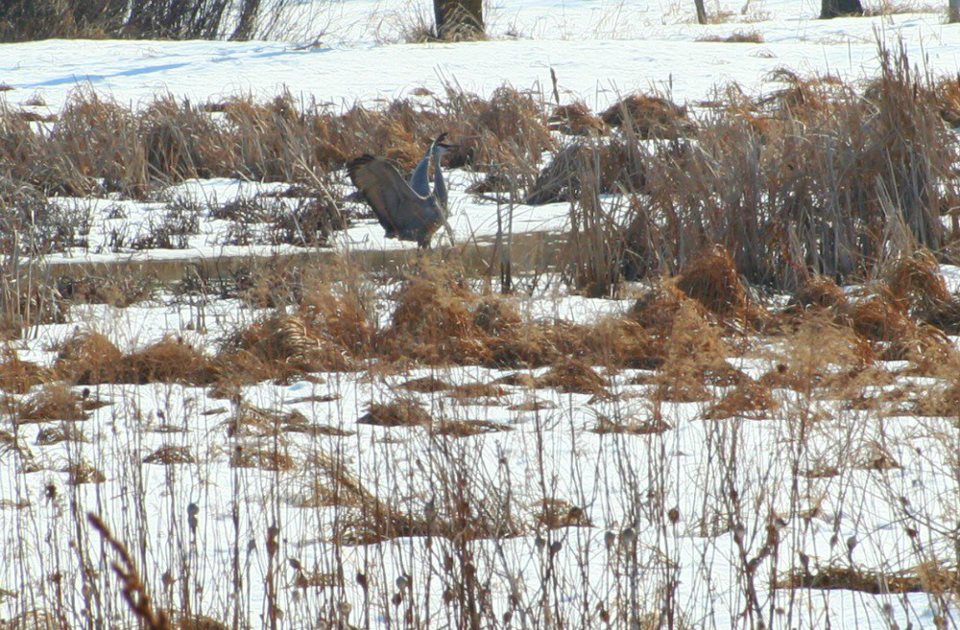For me, the two most welcomed sounds of spring are that of the Red Winged Blackbird and the croaking of the frogs. No frogs yet, but I heard my first Red Winged Black Bird Thursday, March 22. If anyone around here has heard them sooner than that, please let me know.
Few sounds are more welcomed than the Red Winged Black Birds "o-ka-leeee," which has multiple translations. It translates into English as "spring is here!." In Red Winged Blackbird language it means "This is my territory. Stay out!" It is helpful to be bilingual if you live in a neighborhood with these fellows.
We are fortunate enough to have our house perched on the edge of a wetland, the primary habitat for the Red Winged Blackbird. And anyone living in proximity to them knows that they are the most territorial of creatures.
The males arrive before the females so they can stake out their nesting territory. The females arrive several weeks later. Her brown colors camouflage her when she sits quietly on her nest.
Female Red Winged Blackbird (photo by R Hays Cummings, Miami University)
One of our more heart-pumping activities in spring is to walk by the pond on our farm here, only to have the males strafe us. It is never the female, as she stays on her nest. The male makes a distinctive hissing sound as he comes very close to one's head. I have never been touched by them, but I have often felt the wind from their flapping wings as they strafe. One of our neighbors wears a hat and carries a stick with him to fend them off.
From this vantage point we watch the Red Winged Blackbirds defend their nesting sites around the pond in the distance. They do so by strafing unsuspecting passersby (I won't say dive-bombing because they are not dropping a payload; it's more like they are firing machine guns). They are very intimidating for those of us on the receiving end.







